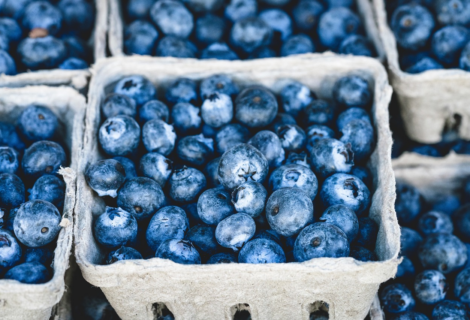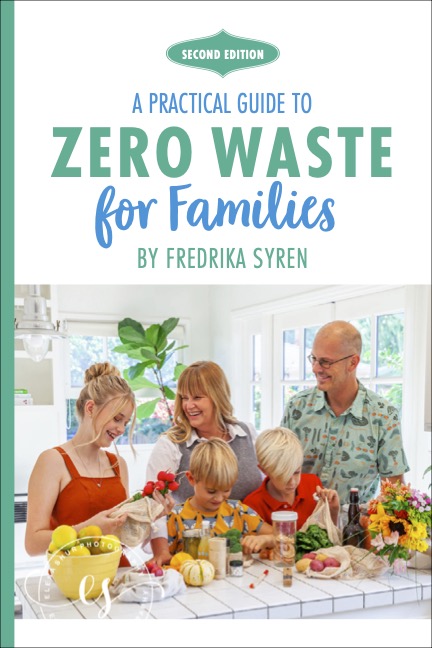Zero-Waste Family Dining: How To Foster Sustainable Mealtime Habits

Meal planning, opting for local and seasonal produce, and getting the whole family involved are smart ways to simplify zero-waste family dining. By seamlessly integrating these key practices into your routine, you’ll not only minimize food waste, but also cultivate sustainable habits that help the environment. Zero-waste meals are also nutritious, as they often prioritize fresh, whole foods, rich in essential nutrients, providing a tasty, wholesome, and healthy dining experience for the entire family.
Create a zero-waste meal plan
Meal planning allows for efficient use of ingredients, minimizes waste, and facilitates stress-free and enjoyable cooking. Above all, your weekly meal plan should be based on the existing ingredients you have on hand. So, start by taking an inventory assessment. Take stock of your pantry, refrigerator, and freezer, and identify ingredients that need to be used to prevent them from going to waste. Pay attention to your fresh produce – upcoming meals should incorporate fruits and vegetables that are either ripe or overripe, so as to use them before they spoil. Similarly, plan meals that center around any perishable items, such as fresh herbs, greens, or dairy products, to use them before they deteriorate. Ideally, try getting into the habit of planning weekly meals that use similar ingredients in different ways throughout the week. This ensures your ingredients are fully utilized, therefore preventing waste. For example, ingredients like chickpeas, quinoa, and leafy greens, in particular, are versatile, and can be incorporated into multiple tasty and nutritious dishes from salads and stir fries to wraps and grain bowls.
Eat more local and seasonal produce
Eating more local and seasonal produce minimizes the environmental impact of long-distance transportation, reduces packaging waste, and fosters a sustainable approach to meal planning. Filling up on fresh, antioxidant-rich fruits and veggies – and cutting out processed foods – also reduces inflammation and prevents unwanted health conditions like psoriasis, asthma, and irritable bowel disease (IBS). So, to make a positive impact on your family’s health, start visiting local farmers’ markets or participating in community-supported agriculture (CSA) programs to access nutritional seasonal produce directly from local farmers. You can also consider joining a local food cooperative where members collectively purchase products from local farmers. Co-ops typically provide bulk buying options, reduce packaging waste, and offer cost savings. It’s also useful to develop a monthly or seasonal meal calendar based on the availability of local produce. This helps you plan meals around what’s in season, ensuring freshness and flavor. And, you can always take advantage of seasonal abundance by preserving excess produce through techniques like canning, freezing, or pickling. Your family will therefore be free to enjoy local flavors even during off-seasons.
Get the whole family involved
Keeping an open line of communication within the family can play a key role in achieving your zero-waste goals for mealtimes, as well as makes the process fun and educational for kids. So, encourage everyone to feel comfortable speaking up if they notice ingredients that should be prioritized in upcoming meals to prevent waste. Make it a shared responsibility, so everyone feels involved. Schedule regular family meetings to discuss upcoming meal plans, share insights on ingredients that need attention, and brainstorm recipes to use them. In addition to fostering a sense of responsibility, zero-waste meal planning also taps into your kids’ creativity. You can also turn leftover utilization into a fun challenge by encouraging everyone to come up with innovative ways to repurpose leftovers. For instance, leftover quinoa and vegetables can be repurposed into savory veggie patties, while leftover lentils and roasted sweet potatoes can be transformed into a flavorful and hearty plant-based stew. You can also designate a specific area or basket in your kitchen as a “Use-It-First” space. Place items that need to be consumed promptly in this area to remind yourself and your family to prioritize them.
Zero-waste family dining is an enjoyable and rewarding journey that needn’t be complicated. By meal planning, eating local and seasonal produce, and getting the family involved, you can pave the way for a healthier planet and a more connected family, demonstrating the power of conscious choices at every dinner table.
Read more about sustainable meal planning for families here









